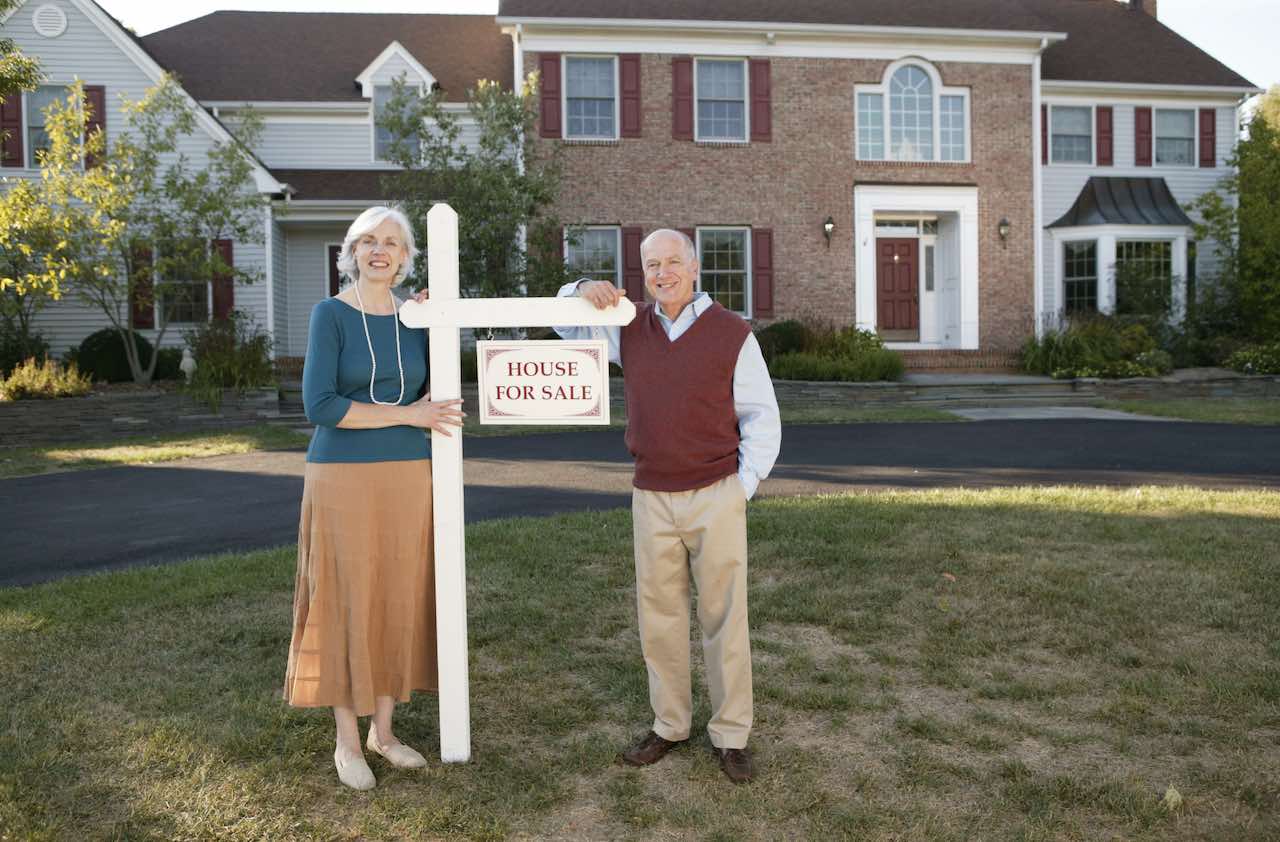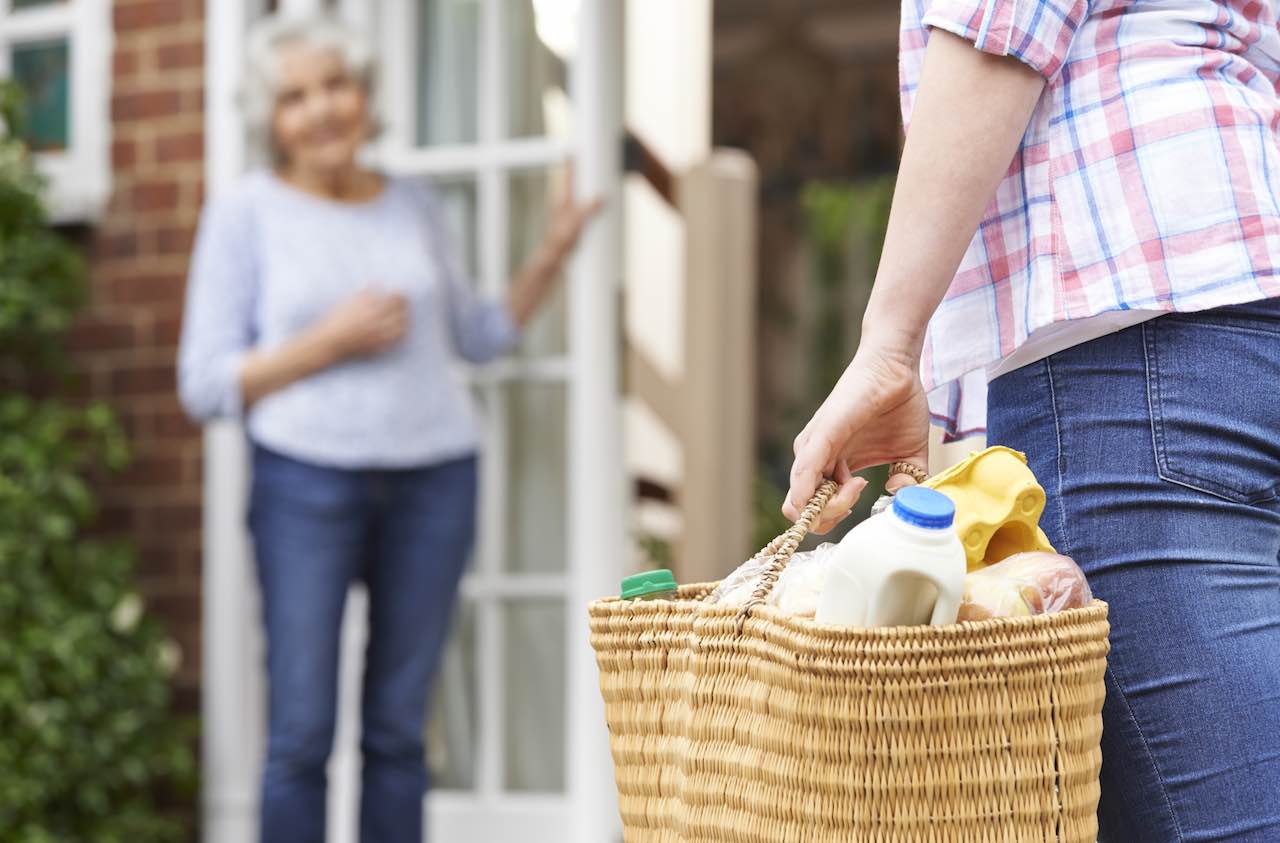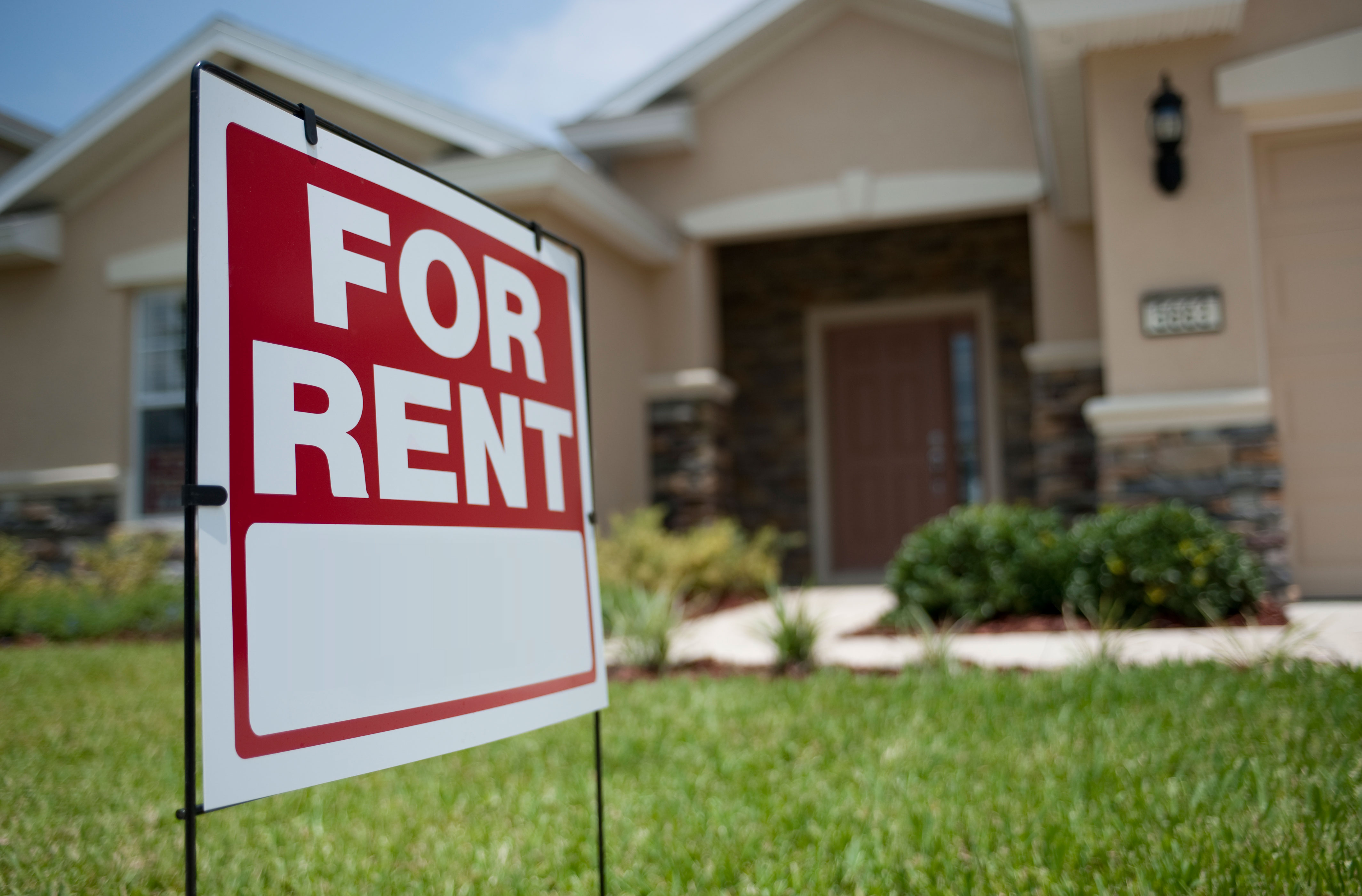Creative Housing for Seniors
In cohousing communities, residents own their units but share a common house to socialize and enjoy meals.

Lately, I've been considering downsizing, not only to save on mortgage payments and maintenance but also to get a jump on my next phase of life, when the kids-school-work routine of the past 30 or so years is replaced by the read-travel-relax routine of retirement. So far, the choices—boxy condos in antiseptic high-rises or houses that are short on space but long on yardwork—don't appeal. And I'm loath to give up the relationships I've formed in my current neighborhood.
Takoma Village, a cohousing community in Washington, D.C., not far from my neighborhood, might be the solution. One of 125 or so cohousing communities around the country, it was founded on principles developed in Denmark. Among its features: condos clustered around a central courtyard, a common house where residents can socialize and share meals, and a system whereby residents run and maintain the property themselves.
Not nonstop togetherness. Cohousing communities aren't communes. Residents own their own condos, for which they pay prices on par with local real estate values. Nor does cohousing require nonstop togetherness. "The site design is such that you can retire to the privacy of your own home," says Rebecca Lane, executive director of the Cohousing Association of the United States. “When you're ready to be in the community, you can step outside the front door, see neighbors and go to the common house," Lane says. Eating together isn't required, but it brings residents together. "Shared meals are the heartbeat of cohousing," she adds.

Sign up for Kiplinger’s Free E-Newsletters
Profit and prosper with the best of expert advice on investing, taxes, retirement, personal finance and more - straight to your e-mail.
Profit and prosper with the best of expert advice - straight to your e-mail.
At Takoma Village, a community of 43 households, "we know each other very well because we have to make decisions together," says Eleanor Whitman, 82. Residents participate in group chores eight times a year, which also encourages socializing, she says. "The retired guys are out fixing fences. People who are interested in food are making wonderful meals." And help, such as pet-sitting, checking on a sick neighbor or providing rides to the grocery store, is plentiful. "I was without a car for a few months," says Steve Pretl, 73. "I thought I'd use public transportation or a Zipcar, but I didn't have to. Everyone kept offering their car."
As with most cohousing communities, Takoma Village is open to residents of all ages, a plus for older people who don't want to live exclusively with other older people. The common house reflects the population: It includes a tot playroom, a teen room (read big-screen TV), a large kitchen for preparing group meals, a workshop, and several comfortable seating areas.
But not everyone is keen on sharing meals with 2-year-olds or sidewalk space with teenagers. Nevada City, Cal., architects (and spouses) Charles Durrett and Kathryn McCamant, who introduced cohousing to the U.S. in 1988, have developed six senior communities (current residents are ages 51 and up), and about six more are in the works from other developers. Similar in design to cohousing, senior communities typically set aside one unit for a caregiver.
The idea of having rug rats underfoot doesn't bother me, but one element of cohousing does: meetings. Self-governance involves a lot of them, says Peter Kent, 63, another resident of Takoma Village. "It takes time to come to an agreement on things. That's the flip side of being in a community." Some residents chafe at the decision-making process; others, busy with work and kids, mostly opt out.
I'm not a fan of meetings, and my introvert side regularly has to duke it out with my extrovert side. Still, as I contemplate a community where the whole point is to share lives and help each other out, I can't help but conclude that it would be a nice place to be old.
Jane Bennett Clark is a senior editor of Kiplinger's Personal Finance.
Get Kiplinger Today newsletter — free
Profit and prosper with the best of Kiplinger's advice on investing, taxes, retirement, personal finance and much more. Delivered daily. Enter your email in the box and click Sign Me Up.

-
 Stock Market Today: Great Power Affairs Mesmerize Markets
Stock Market Today: Great Power Affairs Mesmerize MarketsThe U.S. and China are at least talking about talking about tariffs, and investors, traders and speculators are showing a little less fear.
By David Dittman
-
 Is Walmart Plus Worth It?
Is Walmart Plus Worth It?There are tons of exciting Walmart Plus benefits – but are they worth the $98 annual fee?
By Rachael Green
-
 Should You Move or Stay Put in Retirement?
Should You Move or Stay Put in Retirement?retirement Before buying in a new place, rent for at least one year, or one season, to see if you like it.
By Janet Bodnar
-
 The Surprising Costs of Downsizing Your Home
The Surprising Costs of Downsizing Your Homehome Fixing up a house to sell often means spending thousands of dollars in repairs and upgrades.
By Jane Bennett Clark
-
 The Benefits of Retirement Villages
The Benefits of Retirement Villagesretirement Neighborhood villages allow members to stay at home and have access to everything from pet walking and grocery runs to a list of vetted workers.
By Jane Bennett Clark
-
 Retirees, Should You Rent or Buy Your Home?
Retirees, Should You Rent or Buy Your Home?real estate If you decide you hate your new digs, you can move again without a hassle.
By Jane Bennett Clark
-
The Benefits of Aging in Place
retirement Local leaders are recognizing the benefits of providing services that allow people to stay in their homes and communities.
By Jane Bennett Clark
-
Remodel Your Current Home With Retirement in Mind
retirement Upgrade with universal-design features that will help you as you age. It's all about convenience now, and saving money and safety later.
By Chris Farrell